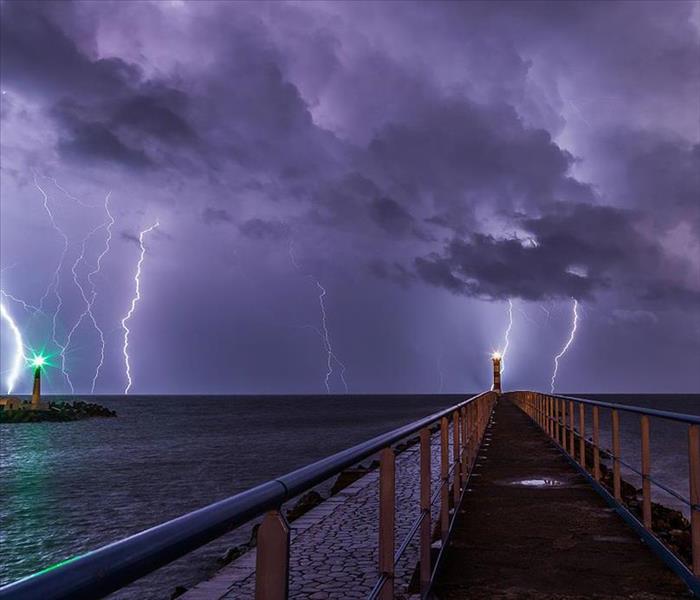Interesting Facts about Hurricanes in Florida
8/2/2017 (Permalink)
Floridians have grown so accustom to experiencing hurricane season that they rarely stop to think about hurricanes themselves. While any natural disaster can be scary and destructive, they also have the potential to be beautiful acts of nature. From flash floods to power outages, it’s easy to get lost in the negative elements of Florida hurricanes and the damage that they cause to our homes, businesses, and community as a whole. Have you ever taken a moment to reflect upon your hurricane knowledge? When is the last time you stopped to catch up on interesting hurricane facts?
If the answers to these questions leave you wanting more, keep reading. As storm damage experts, our team at SERVPRO has taken the time to get to know hurricane extremely well. Take a look at some unique and interesting facts about hurricanes in Florida:
- Warm water is used as a source of energy to create hurricanes
- The eye of a hurricane can range anywhere from 2 miles in diameter to more than 200 miles in diameter
- Other names for hurricanes include tropical storms, cyclones, and typhoons
- Around 33 percent of cat and dog owners do not have a hurricane disaster plan in place for their pets
- When the waves of the hurricane are extremely heavy they are referred to storm surges
- In 1953, the National Hurricane Center began naming storms officially
- Approximately 40 percent of hurricanes in the United States strike Florida
- The eye of a hurricane is typically calm
- More often than not, the right side of a hurricane is most dangerous
- Tornadoes have been caused by hurricanes
- When the wind speeds of a storm hit 74 mph, the storm is considered to be a hurricane
- Category 5 hurricanes, the most dangerous of all, are marked by winds that exceed 156 mph
- Hurricane Andrew, Florida’s most catastrophic hurricane, was a Category 5
- Naming hurricanes helps with communication amongst the general public as well as weather forecasters
Being educated on hurricanes is important for any Florida resident. Understanding the history of these storms can help to calm nerves, manage expectations, and lead to better decision-making in the event of a bad storm. Be sure to continue your hurricane education to keep you and your family safe this summer.

 24/7 Emergency Service
24/7 Emergency Service
